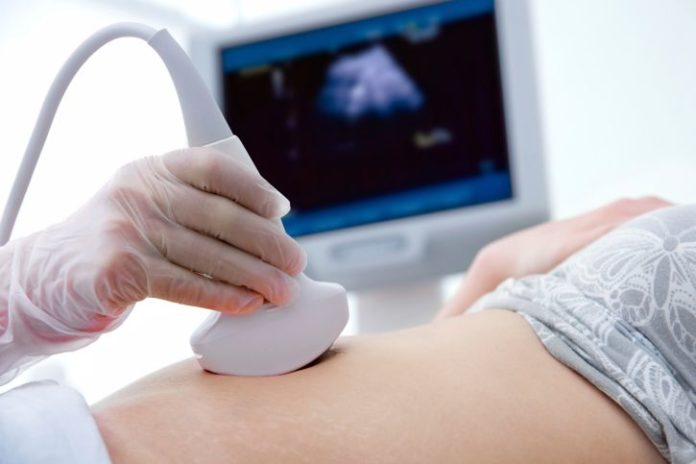Women who have ovarian tissue removed, stored and then transplanted back to them at a later date have a good chance of successfully becoming pregnant, according to a review of the largest series of ovarian transplants performed worldwide.
The study, which is published today (Wednesday) in Human Reproduction, one of the world’s leading reproductive medicine journals, shows that, in some patients, transplanted ovarian tissue can last at least ten years. Furthermore, the procedure appears to carry little risk of causing a return of the disease that had prompted the removal of the tissue in the first place.
Treatment for cancer is usually the reason why ovarian tissue is removed prior to treatment in the hope that it can be transplanted back into the patient at a later date to preserve her fertility. However, there have been concerns that the transplanted tissue could contain cancer cells that might prompt a recurrence of the cancer.
Dr Annette Jensen, a doctor and PhD student in Laboratory of Reproductive Biology in the Rigshospitalet, Copenhagen, Denmark, and colleagues from the Rigshospitalet, the Odense University Hospital and the Aarhus University Hospital in Denmark reviewed the outcomes of 41 Danish women who had had a total of 53 transplantations of thawed ovarian tissue and who had been followed for 10 years to assess ovarian function, fertility and the safety of the procedure.
Dr Jensen said: “Many girls and young women who have been diagnosed with a disease such as cancer now have a realistic hope of recovery and living a normal life, but the treatment for their disease can cause infertility by damaging the functioning of their ovaries. As awareness of quality of life after cancer treatment has increased and techniques for removing, freezing, storing and then transplanting ovarian tissue have developed, fertility preservation is increasingly becoming an integral part of treatment. However, as ovarian transplantation is still in its early days, its efficacy and safety needs to be investigated.”
The ovarian transplantation programme started in Denmark in 2000, and since then nearly 800 women have had tissue frozen. For this study, the researchers studied the outcomes of women who had received transplantations between 2003 and June 2014.
The average age of the women at the time the tissue was frozen was 29.8 years, and the average age when the first transplant was performed was 33. Out of the 41 women, 32 wished to become pregnant. Ten (31%) were successful and had at least one child (14 children in total); this includes one woman who is in her third trimester of pregnancy. In addition, there were two legal abortions, one because the woman was separating from her partner and the other because of a recurrence of breast cancer; a third woman experienced a miscarriage in her 19th week of gestation.
Eight children were conceived naturally following the ovarian transplantation and six children were conceived with the help of in vitro fertilisation (IVF).
For three women, it has been over ten years since they had the tissue transplanted; for six patients it has been more than eight years, and for 15 patients it has been more than five years. The remaining patients have had transplanted tissue for between six months and five years. “The full functional lifespan of grafts is still being evaluated, because many of these women have ovaries that are continuing to function,” said Dr Jensen.
Three of the 41 women who received an ovarian transplant had a relapse of their cancer: two had a recurrence of their breast cancer at the site of their original tumours, and one Ewing’s sarcoma patient had a relapse. The researchers say that none of these relapses appeared to be related to the transplantation of ovarian tissue, and no cancer has developed in the transplanted tissue.
“As far as we know this is the largest series of ovarian tissue transplantation performed worldwide, and these findings show that grafted ovarian tissue is effective in restoring ovarian function in a safe manner. In this series of women the pregnancy rate was about 30%. The fact that cancer survivors are now able to have a child of their own is an immense, quality-of-life boost tor them,” said Dr Jensen.
“However, it’s important that women who have received transplanted ovarian tissue continue to be followed-up. In particular, we have not performed transplants in patients who have suffered from leukaemia, since the ovarian tissue may harbour malignant cells in this group of patients.”
In addition to enabling women to become pregnant, the restoration of ovarian function is also important for restoring normal levels of circulating sex hormones, which serve many other functions in the body, such as preventing menopausal symptoms.
Dr Jensen and her colleagues will continue to follow-up the Danish women. “We hope that our results will enable this procedure to be regarded as an established method in other parts of the world, which has an important implication on how it is funded and reimbursed,” she concluded.
(Source: European Society of Human Reproduction and Embryology, Human Reproduction)











